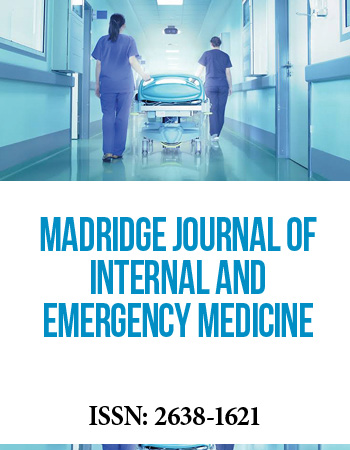International Translational and Regenerative Medicine Conference
April 25-27, 2018 | Rome, Italy
Meninges are a Reservoir for New Functional Neurons of the Cortex
Laboratory of Cell Metabolism and Regenerative Medicine, Department of Medical Biotechnology and Translational Medicine, University of Milan, Italy
Whether new neurons are added in the postnatal cerebral cortex is still debated. Here, we report that the meninges of perinatal mice contain a population of neurogenic progenitors that migrate to the caudal cortex and differentiate into Satb2+ neurons in cortical layers II-IV. These neurogenic meningeal cells are generated during embryonic development between E13.5 and E16.5. The embryonically derived meningeal progenitors remain largely quiescent, and in the first days after birth, they migrate to the cortex and differentiate to cortical neurons, without further proliferation. The resulting neurons are electrically functional and integrated into local microcircuits.Using multiple lineage tracing approaches, we found that most of the meninges-derived neurons belonged to the PDGFRß-lineage, while only a small fraction of cortical cells originating from meninges was derived from GLAST+ and Nestin+ lineages generated at E13.5.Since PDGFRß is expressed by both pericytes and a subset of radial glia (RG) cells, we hypothesized that the neurogenic meningeal cells belonged to one of these cell types. Single cell transcriptomic analysis identified a PDGFRß+ meningeal cell population with a RG-like gene expression signature.We found meningeal cells with distinct transcriptome signatures characteristic of (i) neurogenic radial glia-like cells (resembling neural stem cells in the SVZ), (ii) neuronal cells, and (iii) a cell type with an intermediate phenotype, possibly representing radial glia-like meningeal cells differentiating to neuronal cells. Thus, we have identified a pool of embryonically derived radial glia-like cells present in the meninges that migrate and differentiate into functional neurons in the neonatal cerebral cortex. These findings broaden the concept of brain plasticity since they indicate that quiescent embryonically-born neural progenitors may contribute to add new functional neurons to the postnatal cortex
Biography:
Dr. Francesco Bifari, MD, PhD. is Principal Investigator and Assistant Professor at the Department of Medical Biotechnology and Translational Medicine, University of Milan, Italy. (Laboratory of Cell Metabolism and Regenerative Medicine.) In 2013 he was granted by FP7-PEOPLE-2013-IEF-No626829 grant and worked at the Laboratory of Angiogenesis and Neurovascular, VIB, Leuven, Belgium (Prof. Peter Carmeliet). He is the author of 33research papers (10 first, 3 last author) and 1 book chapter. Dr. Bifari have produced several top journal publications (Cell, Cell Stem Cell, Cell Metabolism, Cancer Cell, EMBO journal) He also has a score of 1350 citations; average citations per item=45, 3; mean Impact Factor=8, 6.


